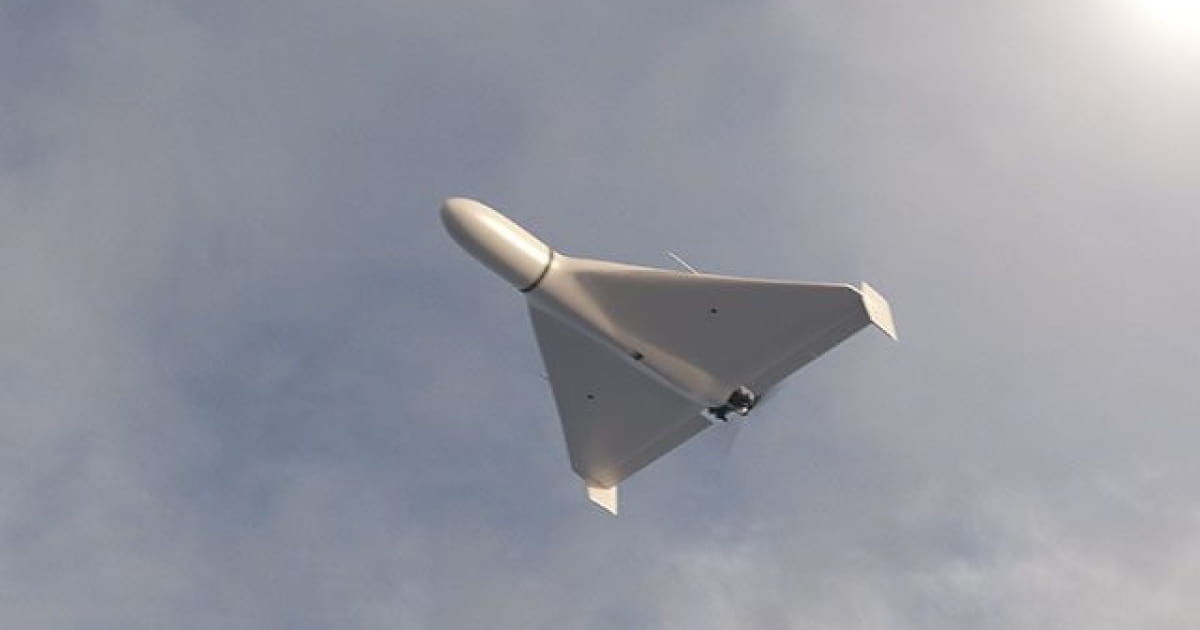BILD: from 2025, Ukrainian drones will start hunting for Shahedin

Ukraine's defence industry is trying to create special types of UAVs that will destroy Russian drones.
Here's What We Know
Long-range drones, fighter jets or ballistic and cruise missiles are Russia's real advantage in the sky, which is breaking the neck of the Ukrainian Defence Forces. This is what a Ukrainian officer recently told BILD.
"The destruction of Russian airfields with Western weapons is prohibited in Ukraine. Therefore, the government in Kyiv considers itself artificially weakened by the West," BILD explained.
Therefore, the Ukrainian defence industry and Western allies are working on an innovative solution to the "drone problem". Ukraine is currently actively working on "anti-drone drones" to stop Russian reconnaissance drones.
BILD explained the three stages of development of these anti-drone weapons. Stage 1: kamikaze quadcopters; stage 2: aircraft-type kamikaze drones; stage 3: anti-drone drones like Shahed.
Obviously, the first stage is already being actively implemented in Ukraine, as small drones have been reprogrammed so that they can be used not for reconnaissance or attack of ground targets, but for air combat.

"Every week, small Ukrainian drones ram about 50 Russian reconnaissance drones and even shoot down larger Russian kamikaze drones," the newspaper noted.
However, the problem with small quadcopters is that they can fly close, so Russian reconnaissance drones can escape from them.
The second stage is the development of so-called "interceptors" in Ukraine, i.e. fixed-wing drones that can follow Russian drones at a distance of up to 60 km at an altitude of up to four km. At the third stage, Ukraine's goal is to create "Shahedi killers" that will be able to intercept and destroy Iranian-Russian long-range drones.
"To be effective, they must have a speed of at least 200 km/h and a long range. The price also plays a role," the publication added.
Source: BILD